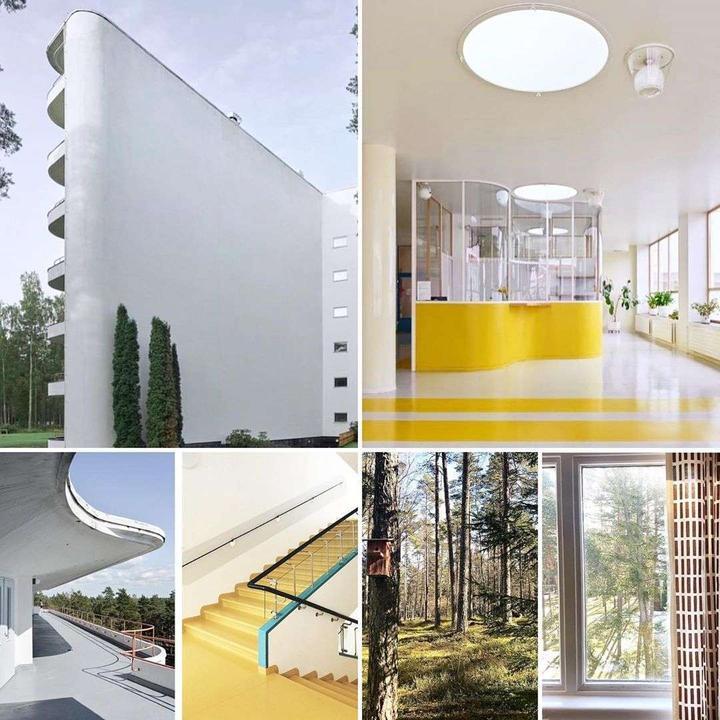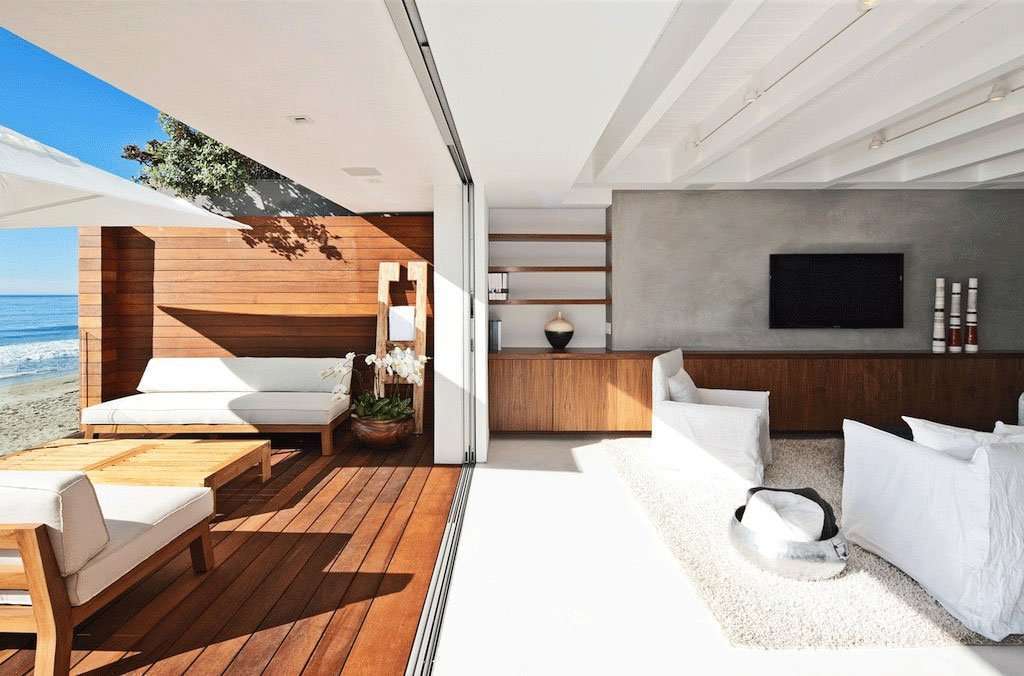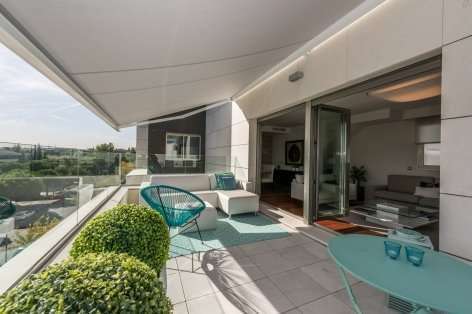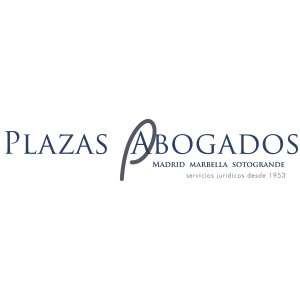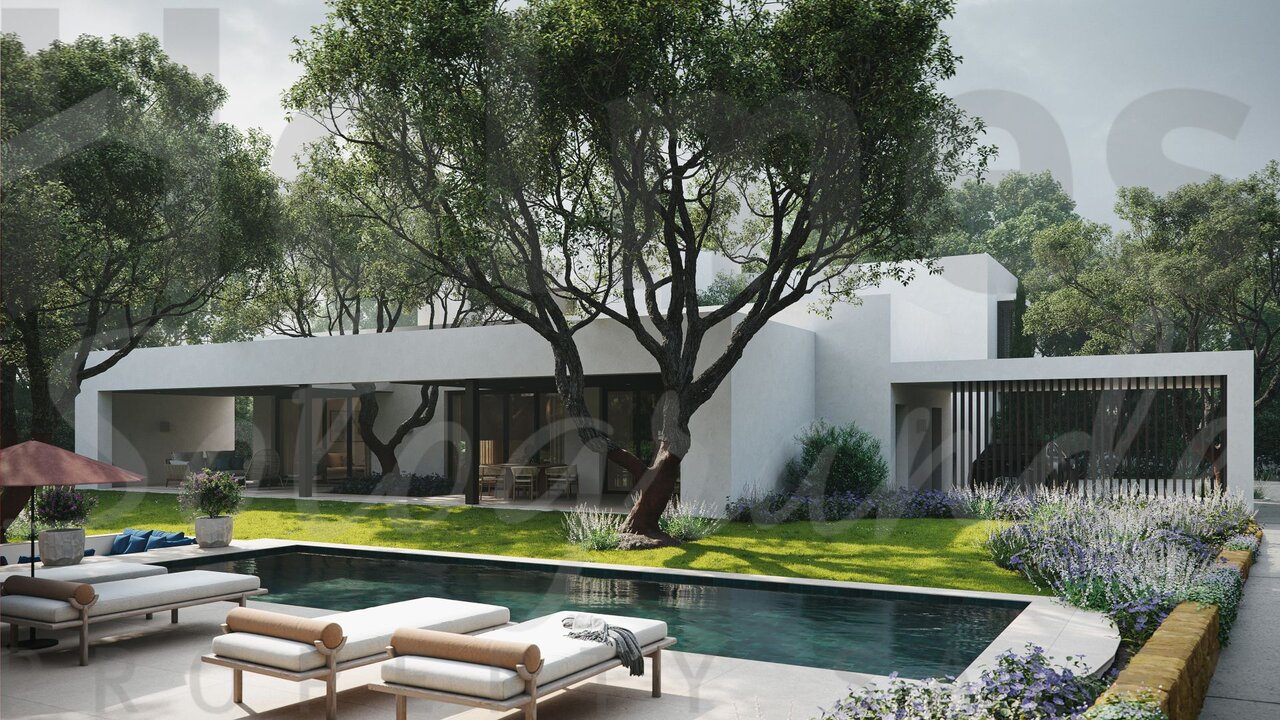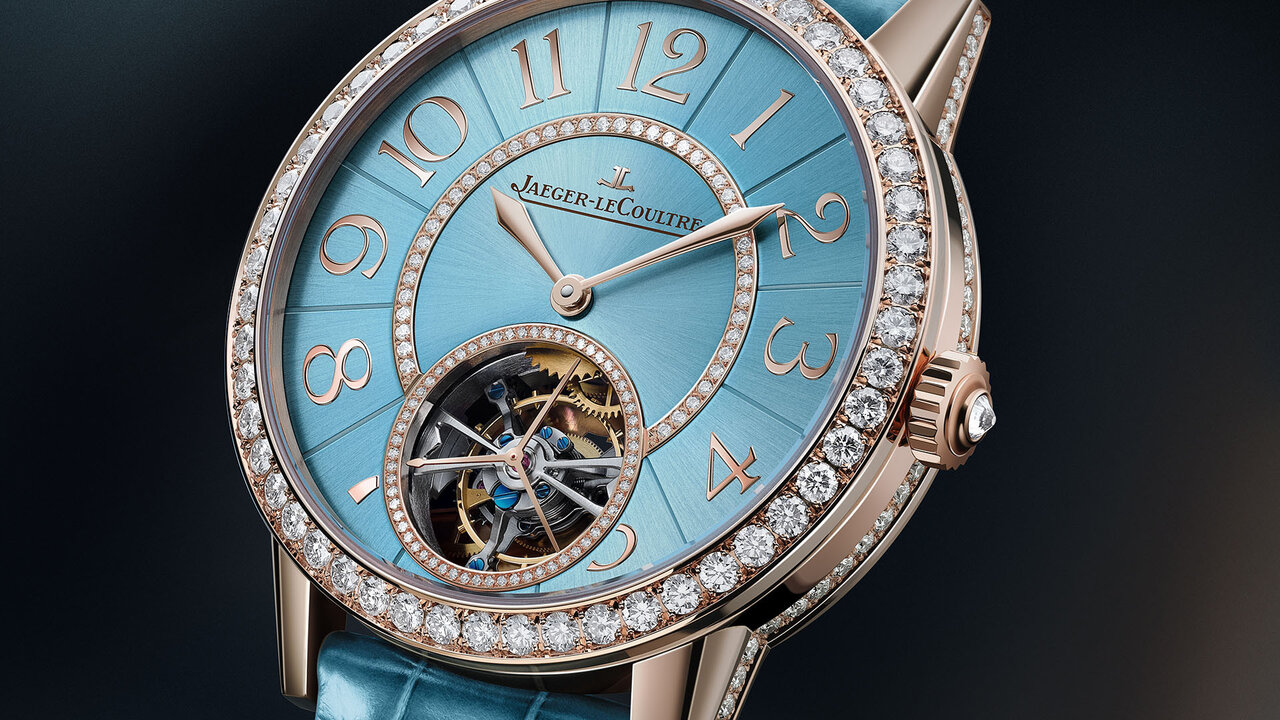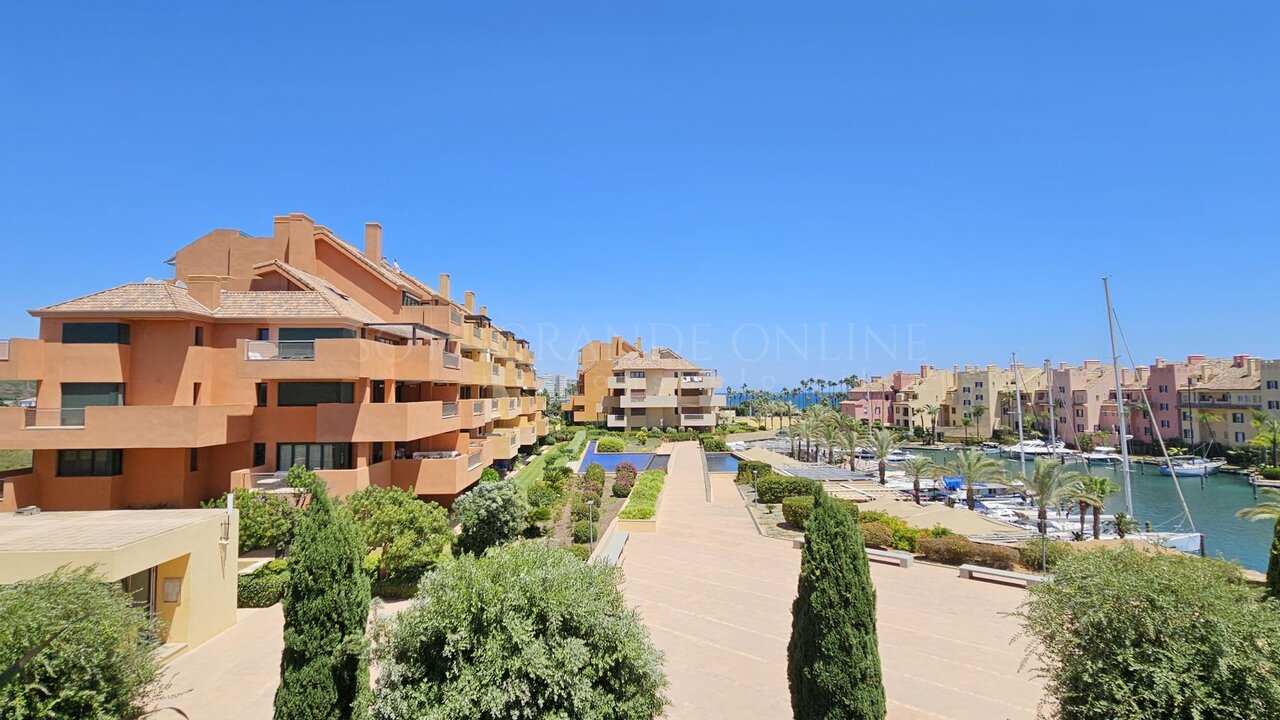N+A ARQUITECTOS: las plagas que nos han cambiado
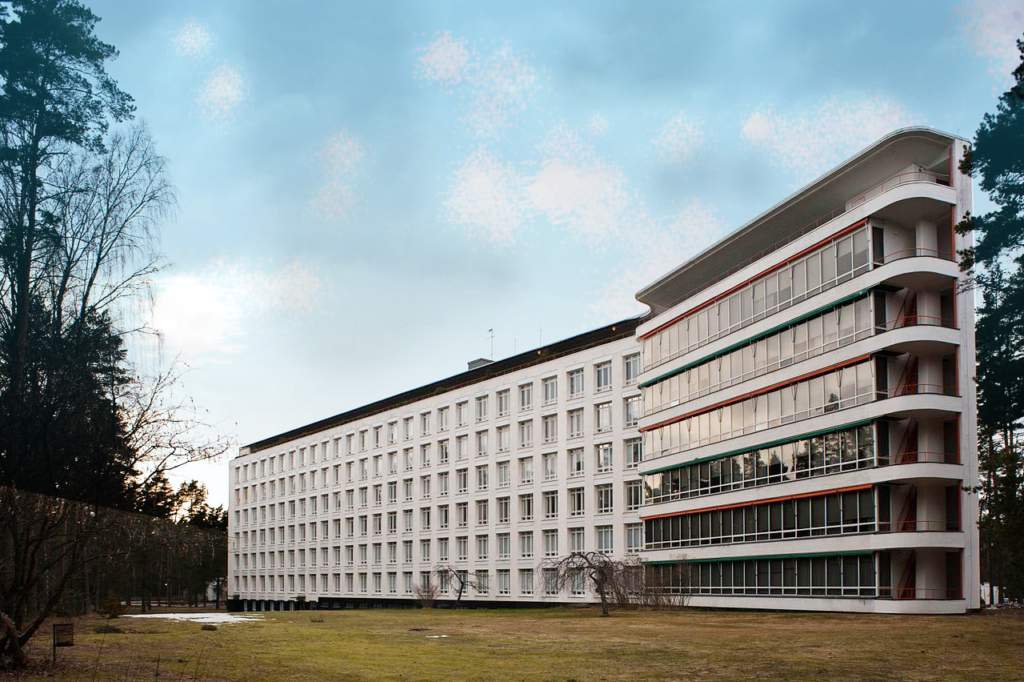
Recientemente, un texto publicado en la página del Colegio Oficial de Arquitectos de Cádiz, me ha hecho confirmar la idea de la responsabilidad que tenemos los arquitectos en las crisis sociales. Históricamente existen vinculaciones –a veces insospechadas– entre la arquitectura y la gestión de crisis epidémicas. Los Arquitectos deberíamos estar presentes en la toma de decisiones en crisis como ésta.
"Arquitectos, arquitectas, ¿cómo podemos ayudar a la sociedad en esta situación?".
Este llamamiento lo publicaba en sus redes sociales la arquitecta y experta en comunicación Ariadna Cantis dos días después de que el Gobierno decretara el estado de alerta en nuestro país. Ella no es la única en pensar así. Algunas pandemias del pasado provocaron cambios radicales en el entendimiento de las ciudades y la forma de habitar y entender la vivienda.
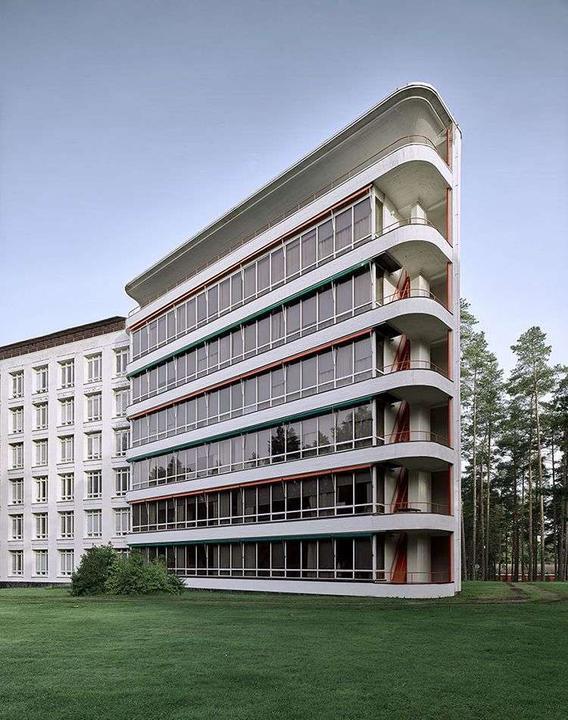 En el sanatorio para tuberculosos de Alvar Aalto en Paimio (Suecia), proyectado en 1929, las uniones entre los muros y el suelo son redondeadas para evitar la acumulación del polvo, considerado letal para los enfermos.
En el sanatorio para tuberculosos de Alvar Aalto en Paimio (Suecia), proyectado en 1929, las uniones entre los muros y el suelo son redondeadas para evitar la acumulación del polvo, considerado letal para los enfermos.
Las epidemias de peste que marcaron la Edad Media impusieron un control administrativo en las ciudades; y lo mismo la viruela (siglo XVII), y el cólera (siglo XIX), que asociaron el urbanismo a la existencia de estructuras básicas. Más tarde vino la tuberculosis, que llevó a un cambio radical en el modo de entender la vivienda, con las nuevas tecnologías de materiales introduciendo del vidrio y el hormigón.
La arquitectura moderna estableció en la Carta de Atenas, a principios del siglo XX, los parámetros de materiales, luz y ventilación en los diseños para favorecer la salud: "Arquitectos como Le Corbusier habían dictado manifiestos que iban en esta línea debido a la gran insalubridad y falta de higiene de los centros urbanos de entonces, y de la arquitectura en general, donde incluso apenas había saneamientos de aguas sucias y redes de agua potable".
La nueva ciudad.
La repuesta ante la propagación del virus ha sido, por necesidad, un parche. Ahora toca reflexionar y dar soluciones más eficaces que pasen por un cambio en nuestro modo de vivir, habitar y relacionarnos.
El modelo de ciudad necesita una reflexión. Ideas de arquitectos como De Prada Poole (pionero de las estructuras neumáticas en España, es Premio Nacional der Arquitectura 1975) deben tenerse en cuenta. El modelo de ciudad deberá implementar sistemas de crecimiento limitado, incorporando más la Naturaleza, una ciudad con edificios conectados entre sí a diferentes niveles, de modo que pudiera acotarse el área afectada sin perjuicio de las zonas colindantes ni de la propia vida de la ciudad. Técnicamente es posible, aunque requeriría una normativa urbanística que lo permitiera (De Prada Poole).
Valores como la vida en comunidad se están recuperando gracias a esta crisis. Según Iñaki Alday (decano de la Tulane School of Architecture y fundador del estudio Aldayjover Arquitectura y Paisajismo) las viviendas tendrán que incorporar distintos niveles de espacios compartidos: para los vecinos del rellano, de escalera, de bloque o de calle. El confinamiento ha demostrado la necesidad de hacer gimnasia juntos, de cocinar, de hacer fiestas, de representar juntos, de cantar (Iñaki Alday).
El valor de la terraza, no renunciemos a ella en nuestro modelo de vivienda.
La vivienda debe ser flexible, cambiante, con capacidad para adaptarse, incluso a los casos extremos. Espacios para el juego y para el trabajo.
El lujo no siempre está en la calidad de los materiales sino también, y sobre todo, en la calidad de los espacios. De ahí proviene la calidad de vida que nos ofrecen nuestras viviendas y nuestras ciudades.
N+A ARQUITECTOS
Para cualquier consulta, tanto telefónica como por email, estamos a vuestra disposición en el +34 650 31 76 60 | +34 625 70 10 08 y [email protected] | [email protected]
The plagues that have changed us
Recently, a text published on the page of the Official College of Architects of Cádiz, has made me confirm the idea of the responsibility that we architects have in social crises. Historically, there are sometimes unsuspected links between architecture and the management of epidemic crises. As architects we should be present in decision making in crises like this.
"Architects, how can we help society in this situation?"
This appeal was published on their social networks by the architect and communication expert Ariadna Cantis two days after the Government decreed a state of alert in our country. She is not the only one to think like this. Some past pandemics caused radical changes in the understanding of cities and the way of living and understanding housing.
The plague epidemics that marked the Middle Ages imposed administrative control in the cities; and the same smallpox (17th century), and cholera (19th century), which associated urban planning with the existence of basic structures. Later came tuberculosis, which led to a radical change in the way of understanding housing, with new material technologies introducing glass and concrete.
 In the Alvar Aalto tuberculosis sanatorium in Paimio (Sweden), designed in 1929, the joints between the walls and the floor are rounded to avoid the accumulation of dust, considered lethal for the sick.
In the Alvar Aalto tuberculosis sanatorium in Paimio (Sweden), designed in 1929, the joints between the walls and the floor are rounded to avoid the accumulation of dust, considered lethal for the sick.
Modern architecture established in the Athens Charter, at the beginning of the 20th century, the parameters of materials, light and ventilation in designs to promote health: "Architects like Le Corbusier had dictated manifests that went in this line due to the great unhealthiness and lack of hygiene in the urban centers of that time, and of architecture in general, where there were hardly even sewage drains and drinking water networks."
The new city
The response to the spread of the virus has, of necessity, been a temporary solution. Now it is time to reflect and provide more effective solutions that undergo a change in our way of living, living and relating.
The city model needs reflection. Ideas from architects like De Prada Poole should be considered. The city model should implement limited growth systems, incorporating more Nature, a city with buildings connected to each other at different levels, so that the affected area could be delimited without prejudice to the neighboring areas or the life of the city itself. Technically it is possible, although it would require urban planning regulations that would allow it (De Prada Poole).
Values like community life are being recoved thanks to this crisis. According to Iñaki Alday, the houses will have to incorporate different levels of shared spaces: for the residents of the landing, staircase, block or street. Confinement has demonstrated the need to do gymnastics together, to cook, to celebrate parties, to perform together, to sing (Iñaki Alday).
The value of the terrace, let's not give it up in our housing model.
The house must be flexible, changing, with the capacity to adapt, even in extreme cases. Spaces for play and work.
Luxury is not always in the quality of the materials, but also, and specially, in the quality of the spaces. This is where the quality of life that our homes and our cities offer us comes from.
N+A ARQUITECTOS
For any kind of query or consultation, both by phone and by email, we are at your disposal at +34 650 31 76 60 | +34 625 70 10 08 and [email protected] | [email protected]

